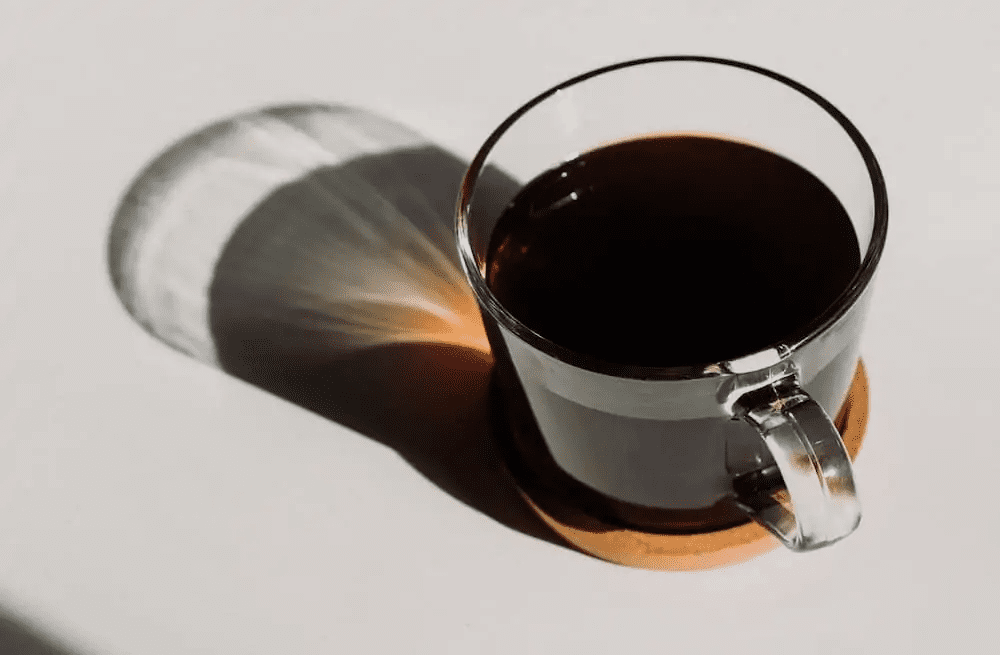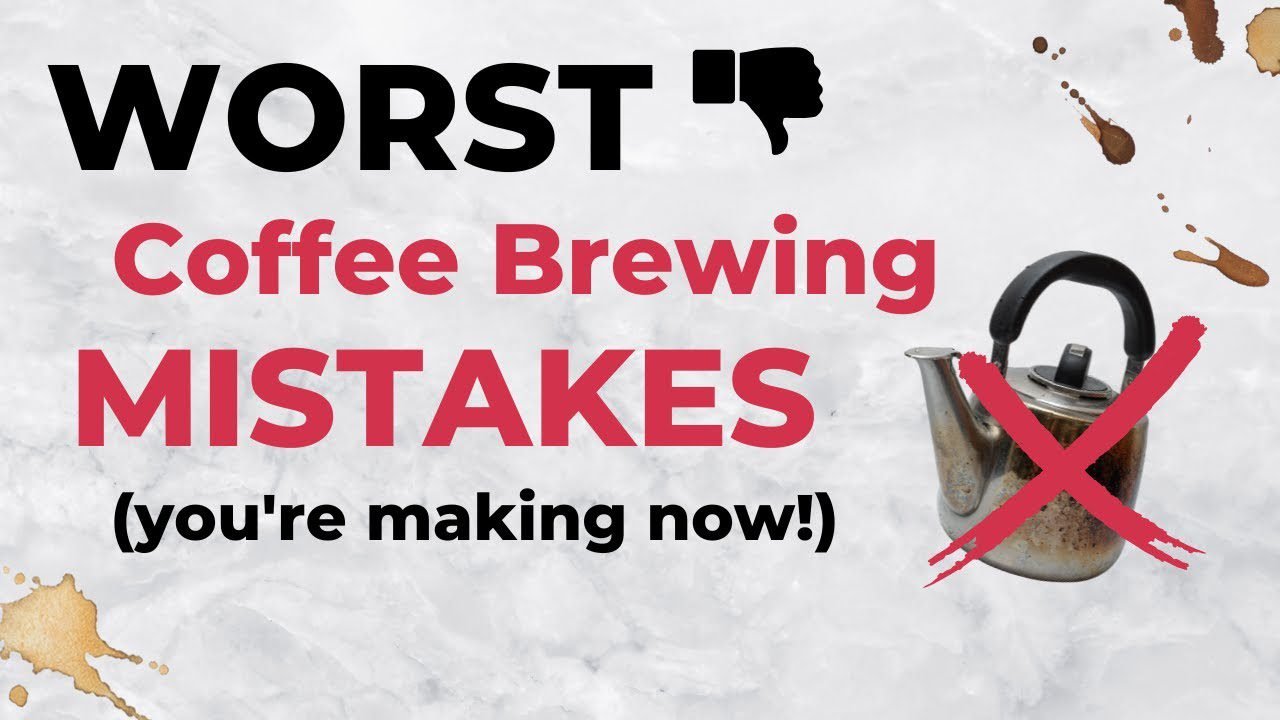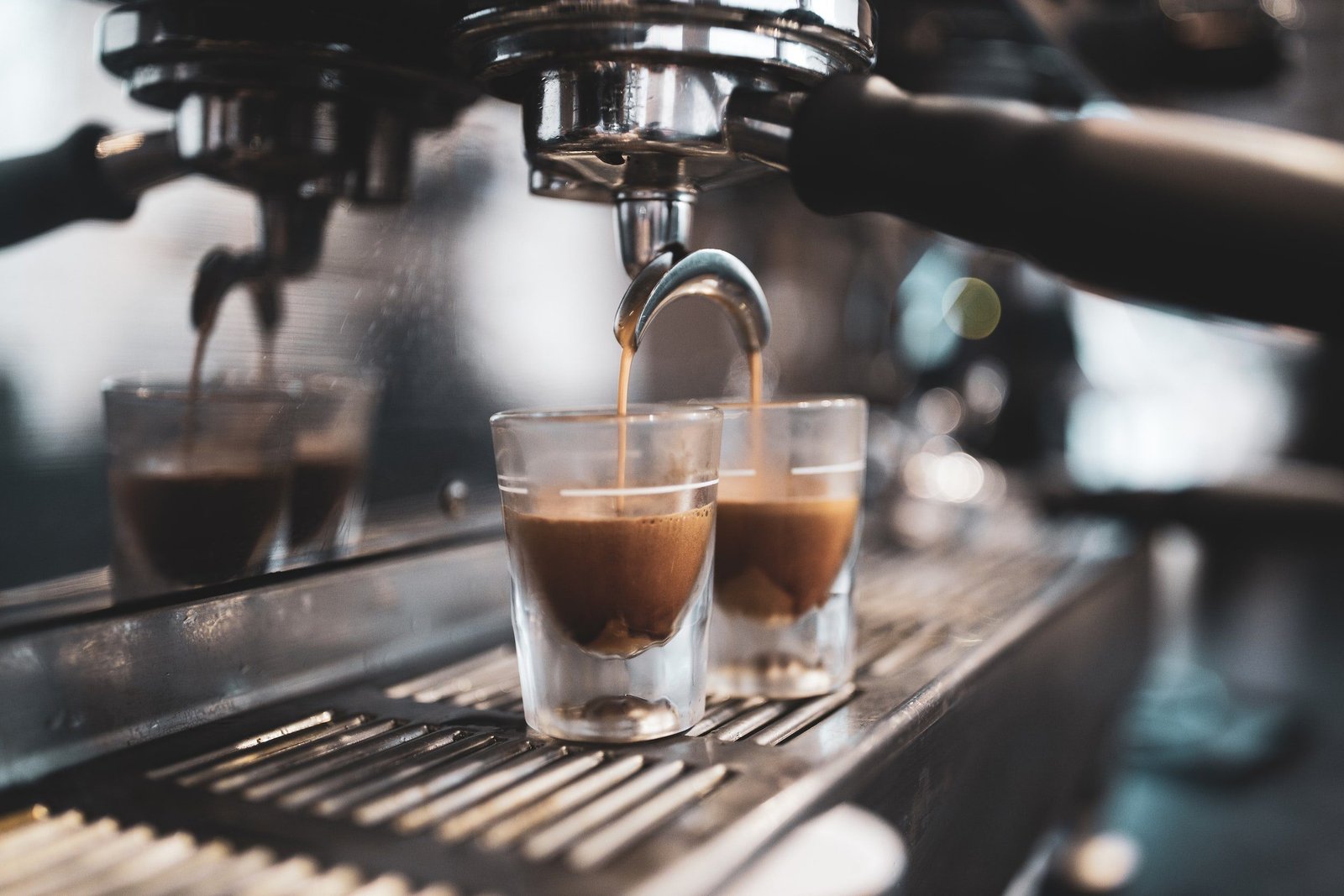
Everything You Need to Know About Iced Coffee and Cold Brew
The main difference between iced coffee and cold brew is the time and brew method. Iced coffee is regularly brewed coffee poured over ice, and cold brew is made by steeping coffee grounds in cold water for 12-24 hours.
While some people may consider iced coffee and cold brew as summer drinks only, we tend to disagree. So do 46% of the Gen Z’ers who regularly purchase iced coffee or cold brew year-round.
Just like you appreciate having options for coffee roasts and flavors, you’ve probably noticed several options for iced coffee and cold brew, too. Although both beverages may appear similar, they are pretty different. Cold brew is one method of preparing iced coffee, but not all is cold brewed.
Cold coffee brewing first appeared in Japan. But did you know that cold-brewed coffee also has a New York connection? Thanks to New Yorkers in the 1970s who reached for cold coffee drinks on those hot summer days, cold-brewed coffee gained popularity in the states.

Iced Coffee vs. Cold Brew
What is Iced Coffee?
Iced coffee is exactly what it sounds like. It’s a quick method—brew your coffee like usual (with a drip coffee maker, Chemex, or pour over), cool it down, and pour it over ice. However, this method does tend to dilute coffee due to the ice watering it down.
What is Cold Brew?
Cold brew is served cold and never heated. It is brewed by steeping coffee grounds in cold or room-temperature water for an extended period of time. Time makes it so tasty, so the longer the coffee sits, the stronger the flavor. Once it’s done steeping, the grounds are filtered out, leaving you with a coffee concentrate that you can add to milk, water, or ice. You don’t need any special equipment besides a glass jar and a quality coffee filter. But you do need patience—lots and lots of patience.
6 Key Differences Between Iced Coffee vs. Cold Brew
1. Brew Method
- Iced coffee is brewed the usual way—hot—and then made cooler by adding ice. Since the ice will melt quickly, it will dilute the hot coffee. You’ll want to prepare for this by creating a stronger brew—most iced coffee lovers double the amount of ground coffee that goes into the coffee maker or double up the flavor by making coffee ice cubes.
- Cold brew is brewed cold. You’ll need to use coarse-ground coffee beans that have a super-strong taste. Medium-to-dark roasted beans—and freshly brewed—make the best cold brew. Cold brew is almost always a full-immersion method where the coffee and water are together in the same container—any jar, pot, or mug that holds liquid. Cold brew needs a filter, typically paper, cloth, felt, mesh, nylon, or metal.
2. Brew Time
- Iced coffee is different—it takes only 10 or 15 minutes—from brewing, mixing with ice, and letting the glaze cool down the coffee. Done. Pretty darn simple.
- Cold brew takes 12 to 24 hours to prepare after mixing the grounds with water. The longer you wait, the stronger the flavor. Just make sure it stays in the fridge for the whole time. You can still add ice cubes if you want, but since the coffee is already cold, it’s unnecessary.
3. Shelf Life
- Iced coffee should be consumed within the first two hours of making it. It doesn’t mean it’s not drinkable after that, but the melted ice will water it down so much that it probably won’t taste perfect. Best advice? Drink it as soon as you make it for the best flavor—why put off a good thing anyway?
- Cold brew, if kept safely in the fridge, can be consumed within two weeks after preparing it. That means you can make much of it immediately if you store it properly. If you leave the cold brew out for a while, throw it away, especially in a warm place or sunlight.
4. Flavor and Taste
- Iced coffee tends to be more acidic and bitter, with brighter, more nuanced flavors. Iced coffee often has the same bitterness and acidity as hot coffee, so you might need to add sugar and cream to the coffee. That means your drink will taste just as acidic as if you were drinking it hot.
- Cold brew flavor will be different depending on the type of beans you use and how you prepare it. But generally speaking, it tends to be sweet, smooth, mild, nuttier, and much less acidic and bitter because of the slow, cold brew process. The flavor of cold brew depends significantly on how long you brew, your ratios, and what you put in your drinks.
5. Caffeine Content
- Iced coffee often gets fairly diluted as the ice melts, so it ends up having less caffeine than cold brew on an ounce-for-ounce basis.
- Cold brew extracts more caffeine from the beans because the cold water is better at extracting oils than hot water is. The concentrate produced is twice as caffeinated as regularly brewed coffee.
6. Digestion
- Iced coffee may be a bit more disruptive to those with a sensitive stomach. That’s because it’s just as acidic as if you were drinking it hot. That said, Coffee Beans PH Coffee is roasted to never-bitter perfection and is typically low in acidity, especially our Dark Roast.
- Cold brew can be great for the stomach because of its lower acidity. It can lead to better digestion and boost immunity, too. This may be the brew for those with reflux, IBS, or other stomach issues.
So what’s the solution? If you love coffee—enjoy both.
If you’re on-the-go and short on time, iced coffee is the way to go. Brew that favorite blend like usual, let it cool, and pour it over ice. Iced coffee lovers also like lighter roasts, more acidity, less caffeine, and straight black. You can add fun to make it sweeter, like vanilla, hazelnut, or plant-based creamer.
But if you’re looking for a robust, bold, and smooth taste and a higher concentration of caffeine content, then cold brew is proper for you!
Cold brew and iced coffee both offer unique perks. After all, they’re both hard, come with ice, and provide a kick*ss caffeinated jolt to nudge you into high-power productivity.
Try your favorite Coffee Beans PH roast and see how it tastes when prepared via cold extraction!





